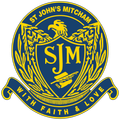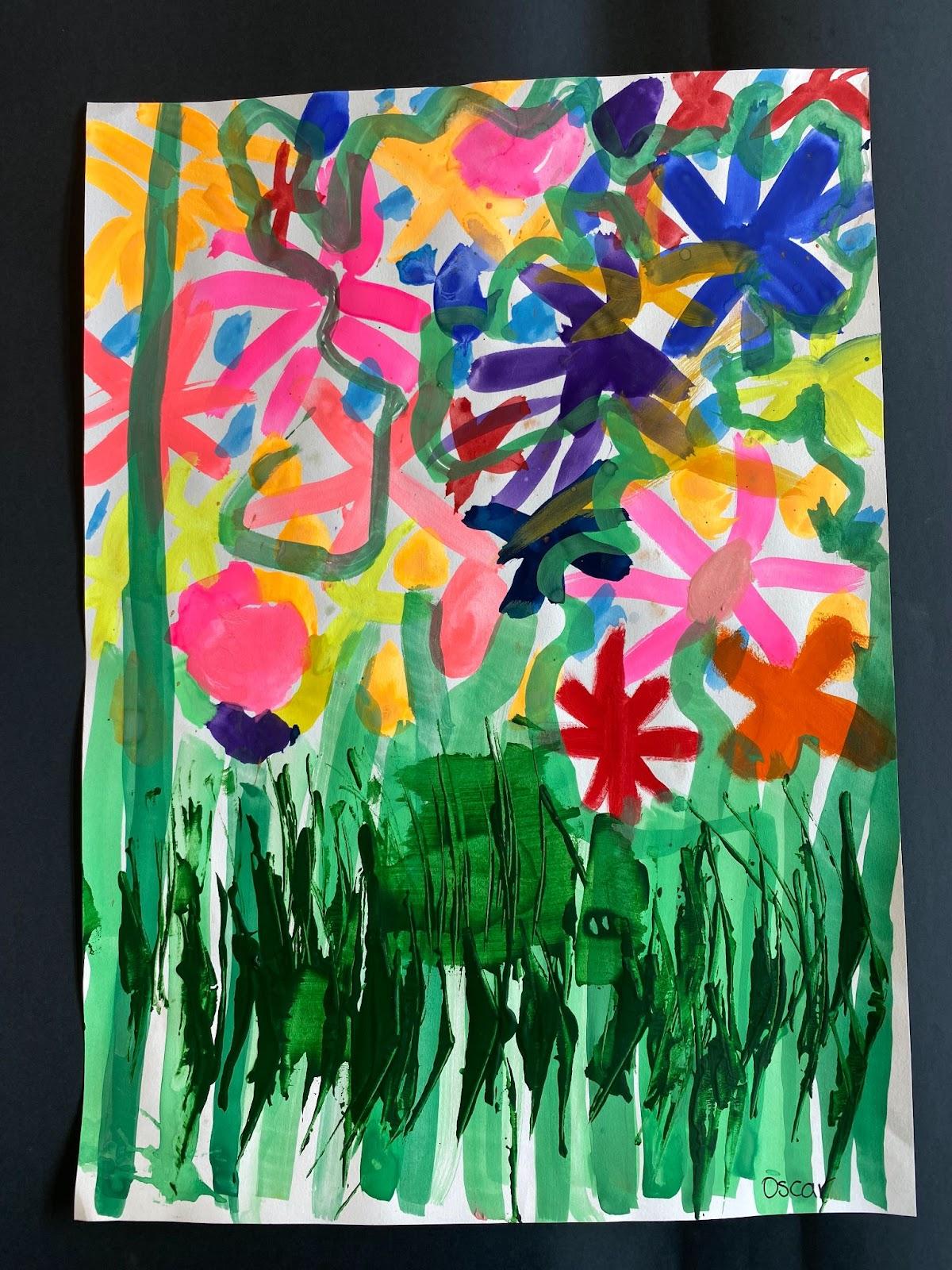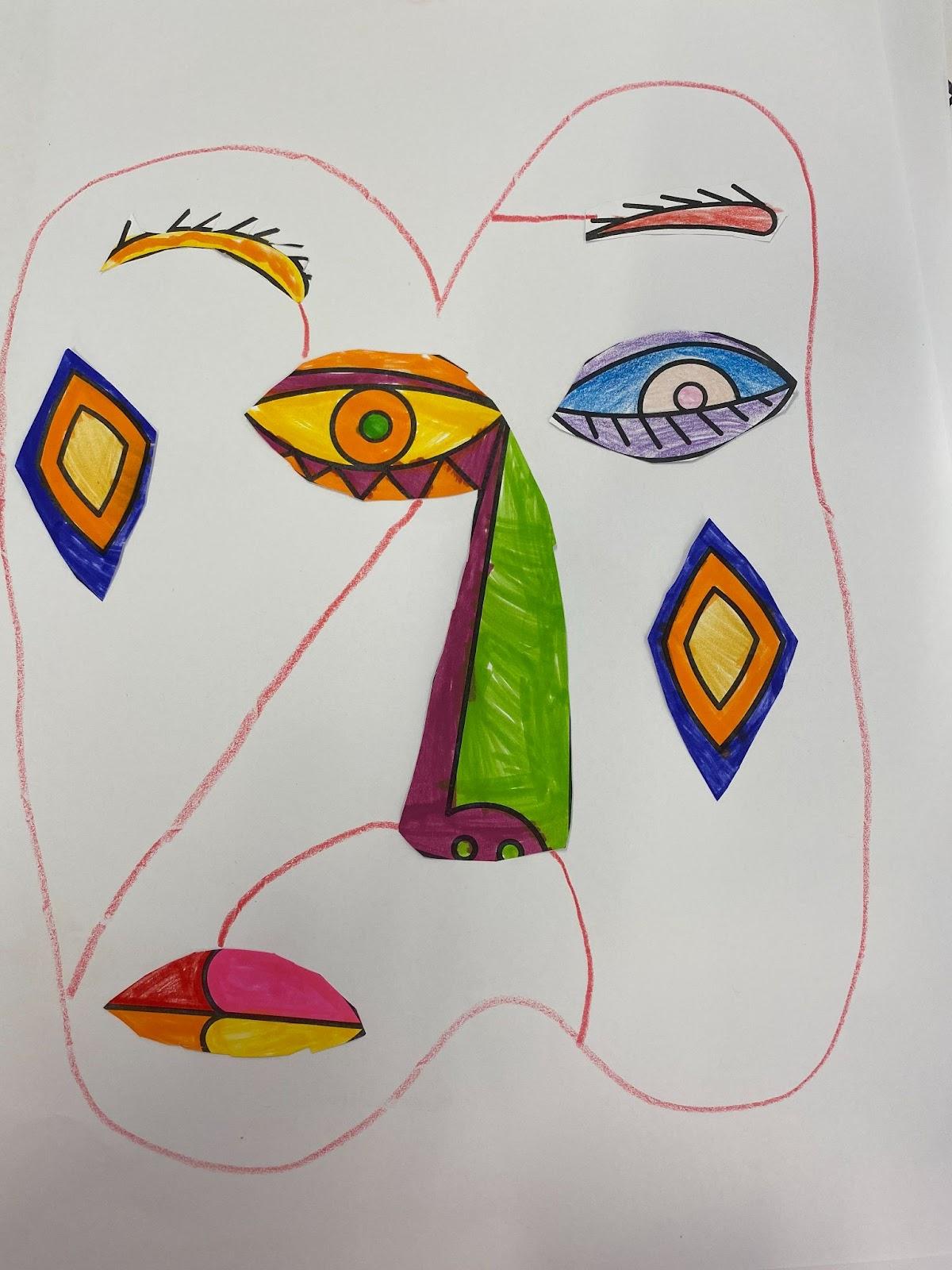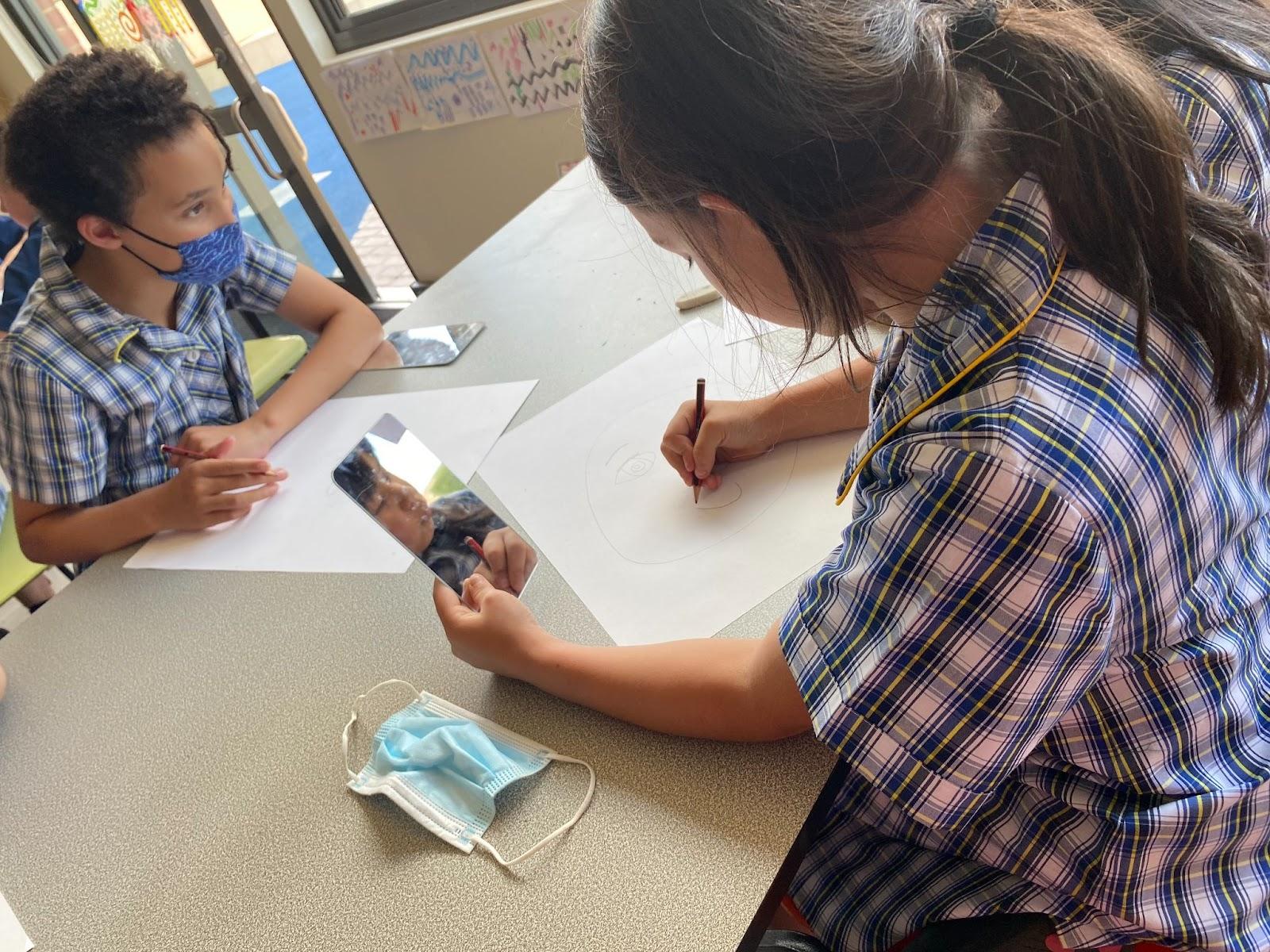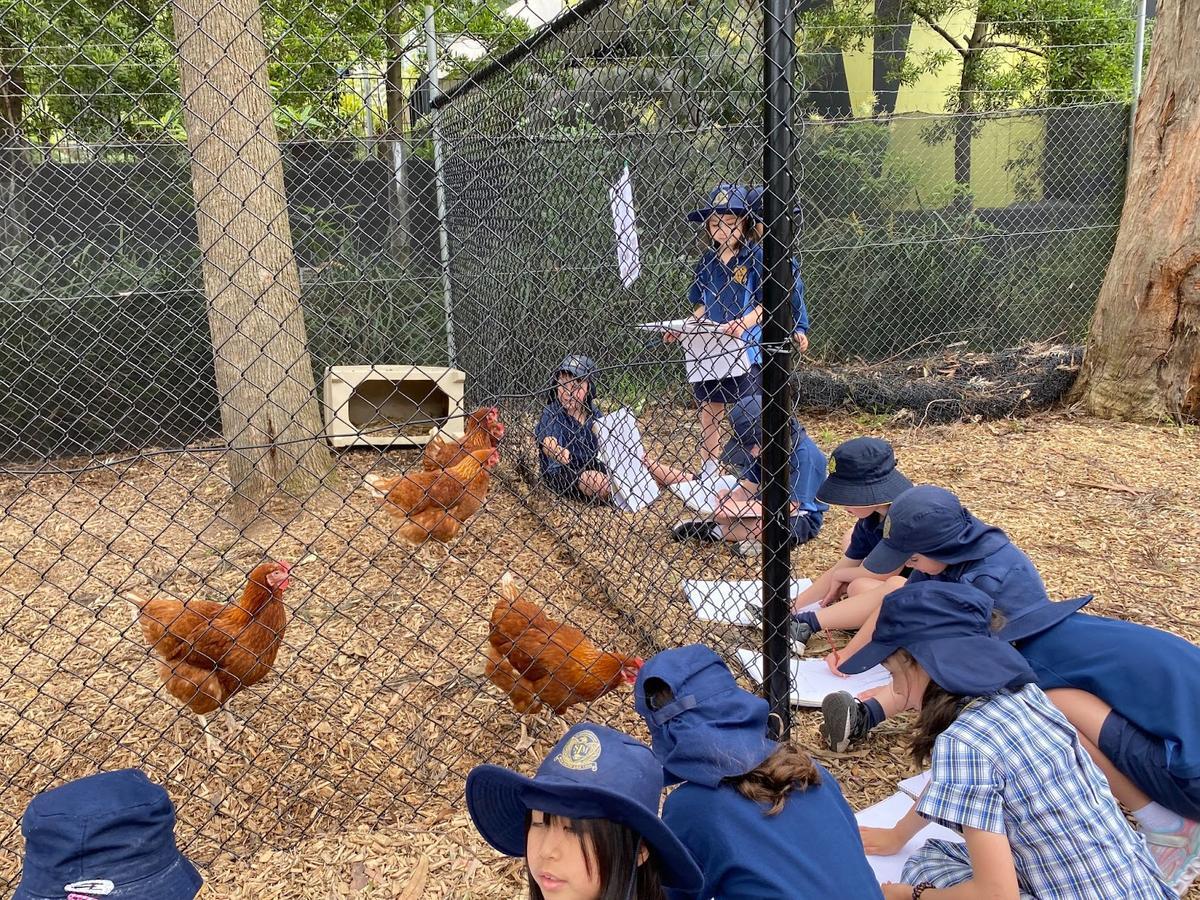Specialists Programs
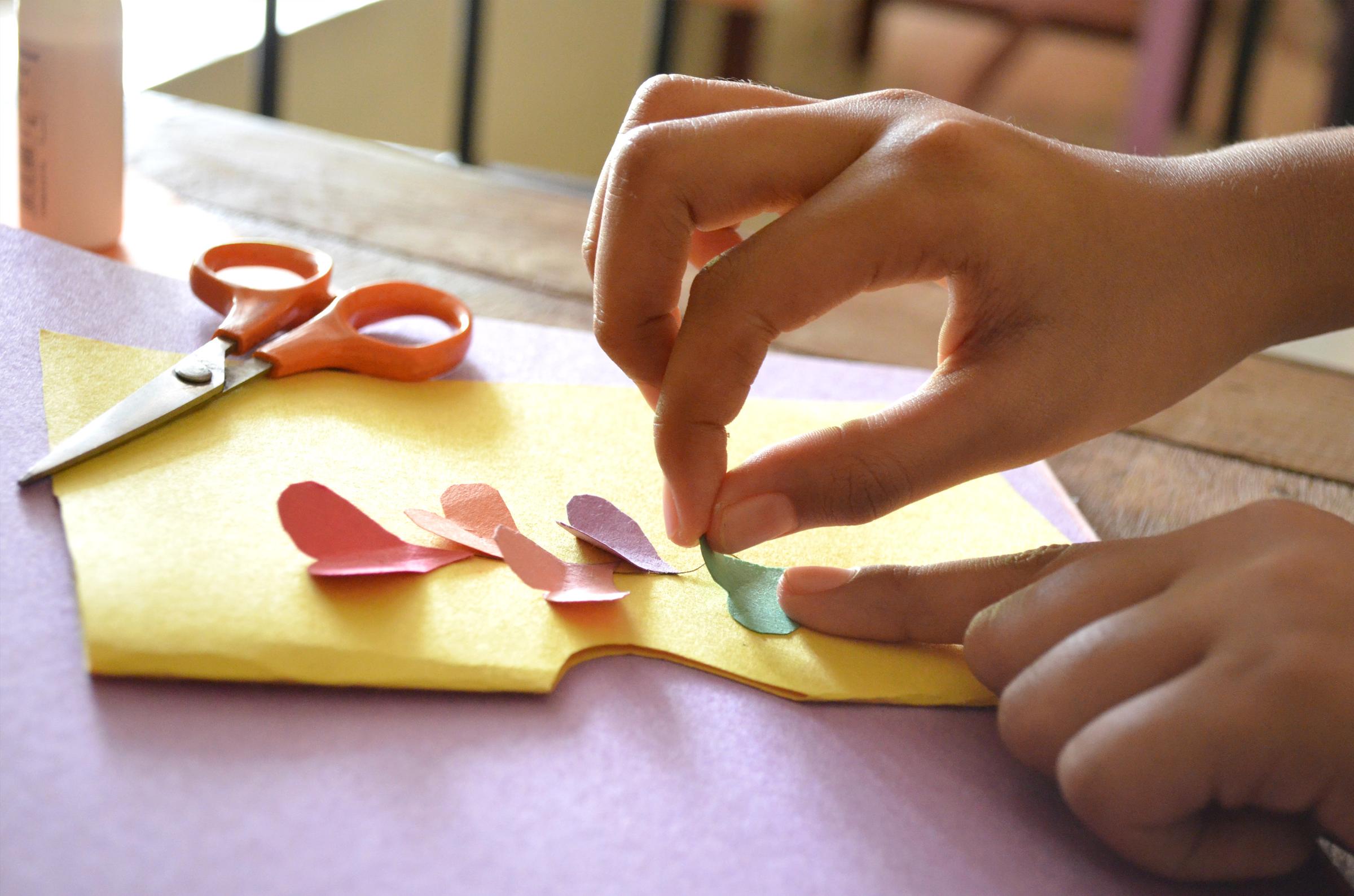
Specialist Programs: Term 2
Italian
PREP
This term the students will revise the greetings and feelings that are regularly used in Italian and that they are familiar with. The students will also learn to say and write the colours in Italian by participating in shared class activities that include Italian songs and games.
Year 1/2
This term the students will read the story, "La Gallinella Rossa”. The illustrations in the story provide scope for a humorous touch to the story and expose students to cultural elements such as the Italian farmyard. Descriptive and communicative language about farm animals will be developed through repetition, simple texts and dialogue.
Year 3/4
Italians are known for being expressive in everything they do. The students will be introduced to some of the most common expressions that are used at the dinner table, with friends and in the classroom. They will practise authentic language in simulated activities using gestures in various context.
Rosetta De Amicis
rdeamicis@sjmitcham.catholic.edu.au
Chinese
Year 5
At the end of this module, students will show their ability to understand and communicate using the following vocabulary and topics:
Students use information from a range of print and digital resources, for example,
菜单, 地图, 日历, 天气预报 (menu, map, calendar, weather report)
to summarise key points in order to inform others and organise activities, for example,
我们这个星期六去打球, 好吗? (On Saturday, shall we play basketball?)
Students describe and give information about themselves and their preferences, their environment, experiences and interests, for example,
我很喜欢唱歌 (I really like singing)
我的学校很漂亮 (My school is very beautiful)
我觉得澳大利亚是很好的国家 (I think Australia is a great country).
The culture component of this module will introduce:
- Chinese school morning exercise drill
- Lucky/unlucky numbers in China
- The 12 animals of the Chinese zodiac
- Grandparents’ role in a typical Chinese family
- One child policy and its implications
- Chinese extended family tree
- Chinese urban housing conditions.
Year 6
At the end of this module, students will show their ability to understand and communicate using the following vocabulary and topics:
Students translate everyday expressions, for example,
好久不见 or 不谢 and use context to assist with interpretation.
Students use a range of verbs, including verbs of identification and existence
是 (to be), and some modal verbs 喜欢 、 会 (to like, to return) to express interest or ability; Students negate with 不 or 没.
The culture component of this module will introduce:
- Chinese classroom etiquette
- Private tutoring after school – piano
- Popular Chinese children's stories
- Chinese school morning exercises
- Chinese children learn opera
- Homework of Chinese students
- After school classes/cram schools
- Sports day in Chinese schools.
Ange Crowe
acrowe@sjmitcham.catholic.edu.au
Visual Arts
Prep
Visual Art classes will continue to focus on Painting and Drawing this term and developing fine motor skills. The students will be exploring a variety of painting tools (eg. sponging, brushes, toothbrushes) to create different effects. We will continue to explore different types of lines and marks (eg. thick, thin, wavy, straight) and drawing techniques using a variety of drawing implements (eg. pastel, crayon, pencil).
Year One/Two
The students will continue to experiment with colour mixing, using acrylic paint. They will explore a variety of tools to achieve different textures. Students will investigate the attributes of dry pastels and oil pastels completing different projects using smudging and blending to create different effects. Building on fine motor skills, particularly cutting, will continue throughout the term.
Year Three/Four
Visual Art classes this term will introduce various forms of printing, in particular foam printing. Students will continue to work with a variety of drawing implements (eg. ink, pen, pencil, textas, crayon, pastel) to create works that show imagination and creativity.
Students will also be making hand painted papers that will be used for collage. We will be looking at the works of many artists for inspiration especially that of French painter, Henri Rousseau.
Year Five/Six
The students will build on their knowledge of tertiary colours and techniques for creating shade, tone and tints. Students will use their prior printing and collage skills and discover new printing methods. Students will be looking at various Australian artists in particular the work of Sidney Nolan. They will be encouraged to discuss their opinions about the arts ideas they are exploring through planning, creating and reflecting upon their artworks. Students will learn about appropriate and effective presentation of their art pieces in readiness for the Art Show.
Mrs Deirdre Cosgrave
dcosgrave@sjmitcham.catholic.edu.au
Performing Arts
PREPS
Students will be learning to listen to music and develop the ability to move in time with the beat. Using activities such as hopping, treeing, horsing, walking, skipping, frogging and twirling they will be challenged to match the tempo and express their creativity. They will work on finding their singing voices with a variety of vocal warm up activities and will build a repertoire of songs and chants. Students will differentiate between beat and rhythm through movement and chanting. A particular focus for Term 2 will be to take the opportunity to explore ‘Autumn’ creatively through sensory activities with leaves, words and music.
Year 1/2
Students will have the opportunity to develop their listening skills through moving to music, exploring creative and cooperative options. They have been listening to Camille Saint Saens, Carnival of the Animals and have explored the different dynamics and the range of animals presented within this piece. They will participate in and lead vocal warm ups as they hone their singing skills, working towards accurately matching a given pitch. An understanding of the ability to read and write stick notation will be explored to assist in the consolidation of their understanding of rhythm so the students are able to write their own rhythm patterns. Falling Autumn leaves have suggested ways for the students to move and they will learn an autumn rhyme. They will use chine bars to compose a melody to fit with the rhyme.
Year 3/4
Students are undertaking a unit of work in Dreamtime Stories and will be exploring how they can bring these Indigenous stories to life using music, movement and materials. They will listen to Australian composer Nathan Glenn and his works and will use their imaginations to draw pictures of what the music suggests to them. They will explore some of the sounds made by a selection of instruments and will be instructed in their use and care. Working in groups they will use their pictures as graphic scores and will compose and arrange their own pieces of music. Students will be introduced to the recorder and will work to consolidate their knowledge of the appropriate techniques for playing the instrument.
Year 5/6
Students have been working on group scripts and their use of movement, voice and characterisation. They will listen to and then move creatively to a specific piece of music, then represent what it suggested to them by drawing a representation of it. After finding various ways to make lots of different sounds from one instrument they will form groups and combine their drawings. They will use these as graphic scores and will improvise, compose and arrange their own music works. Initial performances and feedback from others will lead to group reviews and self assessment that will result in final presentations for assessment. If time, we will explore bucket drumming towards the end of term.
Ms Lou Devoy
ldevoy@sjmitcham.catholic.edu.au
